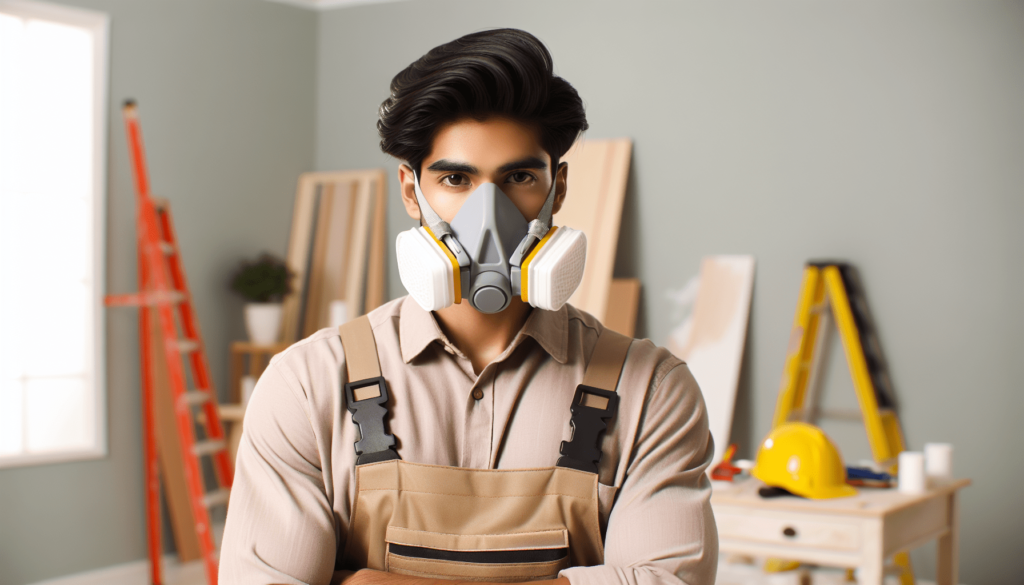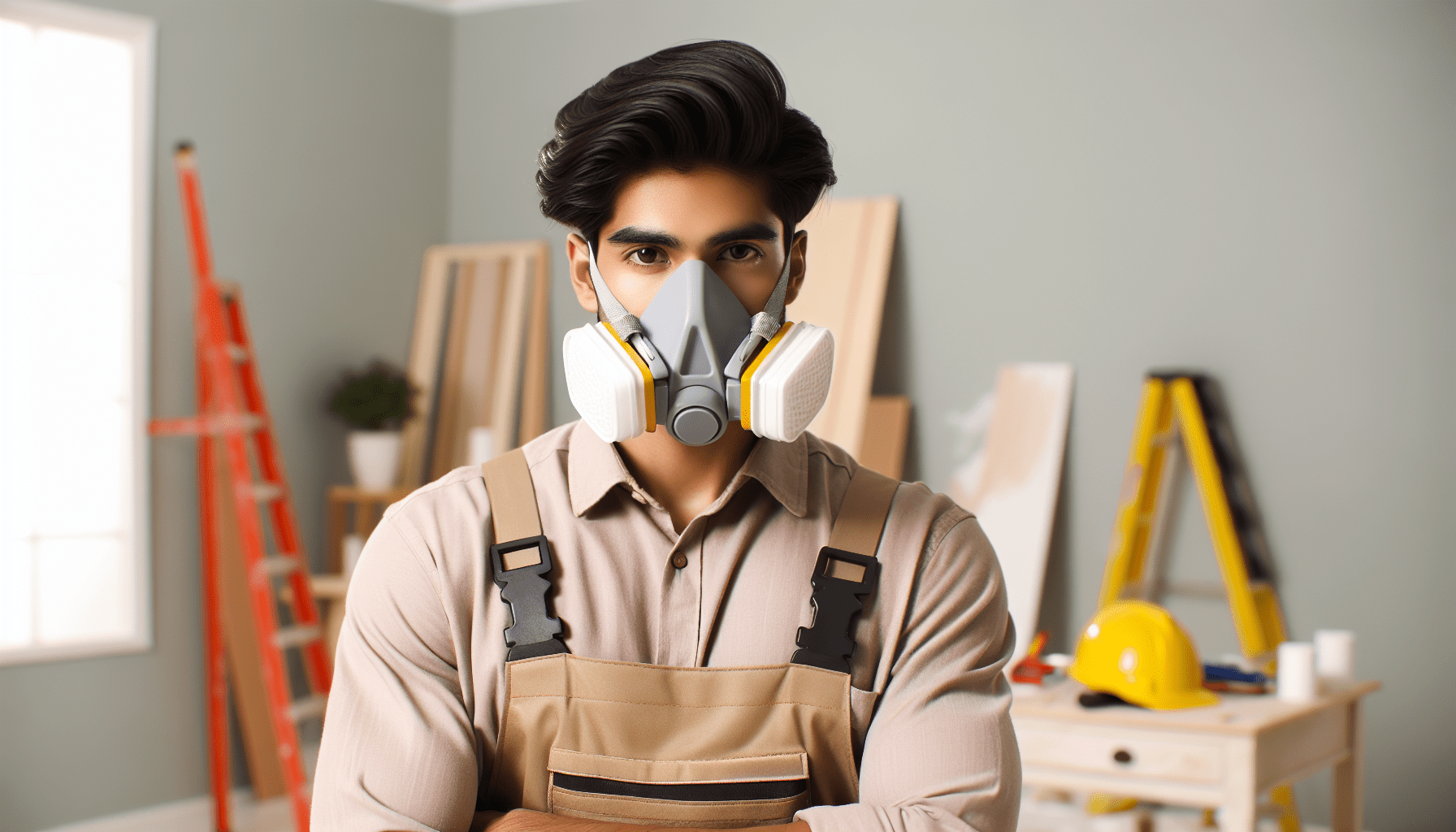Are you planning to tackle a home improvement project? It’s thrilling to imagine the final result, but have you considered how to manage allergens during the process? Renovations can stir up a lot of dust, mold, and other allergens that can make your living environment uncomfortable, especially if you or someone in your household suffers from allergies. Taking steps to reduce these irritants can make a world of difference.
Understanding Allergens in Home Improvement Projects
What Are Allergens?
Allergens are substances that can trigger allergic reactions in sensitive individuals. Common home allergens include dust mites, mold spores, pet dander, and pollen. During renovation work, these allergens can become airborne, causing symptoms like sneezing, coughing, and itchy eyes.
Why Home Improvement Can Worsen Allergens
Home improvement projects typically involve construction activities that can disturb settled dust, release mold spores, and introduce new chemicals into your environment. This can create a perfect storm for allergens, especially if proper precautions are not taken.
Planning and Preparation
Know Your Allergens
Before starting any project, it’s crucial to identify the specific allergens that affect you or your family members. A visit to an allergist can be beneficial to pinpoint the exact triggers. This knowledge will help you take targeted measures to minimize exposure.
Choose the Right Materials
Selecting hypoallergenic materials can make a significant difference. Look for low-VOC (Volatile Organic Compounds) paints, and avoid carpets that tend to harbor dust mites and other allergens. Instead, consider using materials like hardwood, laminate, or tiles.
Create a Detailed Plan
Plan every step of your project meticulously. Knowing exactly what you’re going to do can help you anticipate and mitigate allergens. For example, if you’re tearing down walls, you might plan to use plastic sheeting to contain dust.

Steps to Minimize Allergens
Isolate the Work Area
Use plastic sheeting and zippered entryways to isolate the renovation area from the rest of your home. This containment setup helps to keep dust and debris contained within the work zone.
Use Protective Gear
Wearing appropriate protective gear is essential. Equip yourself with masks, gloves, and safety goggles. These will not only protect you from allergen exposure but also from potential injuries.
Ensure Proper Ventilation
Good ventilation is crucial for dispersing airborne allergens. Use exhaust fans, open windows, or even rent an air purifier to keep the air clean. A HEPA (High-Efficiency Particulate Air) filter can be particularly effective in removing fine particulate matter from the air.
Safe Demolition Practices
Wet Methods
When demolishing walls or tearing up floors, using wet methods can help keep dust down. Simply spraying water can prevent dust from becoming airborne, making it easier to clean up and less likely to be inhaled.
Contain and Clean
Containment is critical during demolition. Seal off the area using plastic sheeting and duct tape. Clean up dust and debris frequently with a vacuum equipped with a HEPA filter. Bag and seal any waste material before moving it through other parts of the house.

Managing Mold and Moisture
Identifying Mold
Mold can be a significant allergen, and renovations often uncover hidden mold problems. Be on the lookout for black, green, or white patches on walls, floors, and ceilings. Musty odors can also be a sign of mold.
Proper Mold Removal
If you find mold, it’s essential to remove it correctly. Small patches can often be cleaned with a mixture of water and detergent or a specialized mold cleaner. For larger infestations, it might be better to call in professionals.
Control Humidity
Maintaining low humidity levels can prevent mold growth. Use dehumidifiers and ensure that areas like bathrooms and kitchens are well-ventilated. Aim to keep indoor humidity below 50%.
Best Practices for Flooring
Remove Old Carpeting Carefully
If your project involves removing old carpeting, do so carefully to minimize the release of trapped allergens. Roll the carpet up slowly and wrap it to contain dust and debris.
Choose Hypoallergenic Flooring
Opt for hypoallergenic flooring options such as hardwood, tile, or laminate. These materials are easier to clean and do not harbor allergens like carpeting can.
Painting Tips
Choose Low-VOC Paints
Conventional paints can emit VOCs that exacerbate respiratory issues. Opt for low-VOC or zero-VOC paints to minimize the release of these chemicals into the indoor air.
Ventilate Well
Always ensure good ventilation when painting. Open windows and use exhaust fans to clear out any fumes. This can make a significant difference in the air quality.
Cleaning Up
Thorough and Frequent Cleaning
The importance of cleaning cannot be overstated. Frequent clean-ups during your project will keep allergen levels in check. Use a vacuum with a HEPA filter, and wet-mop floors to capture any remaining dust.
Seal Ducts and Vents
Seal off HVAC ducts and vents to prevent the spread of dust and other allergens throughout your home. Once the project is complete, consider having your ducts professionally cleaned.
Post-Project Maintenance
Deep Clean
After the renovation is complete, conduct a thorough deep clean of the area. This includes wiping down all surfaces, vacuuming, and using a HEPA air purifier to clear any lingering particles from the air.
Regular Maintenance
Continue to keep allergens at bay by maintaining good cleaning practices. Regularly vacuum with a HEPA filter, damp-dust surfaces, and wash linens and curtains frequently.
Monitor Indoor Air Quality
Invest in an indoor air quality monitor to keep an eye on the levels of pollutants and allergens in your home. This can help you take timely action if levels begin to rise.
Conclusion
Home improvement projects are a fantastic way to transform your living space, but they come with the risk of aggravating allergies. By planning carefully, choosing the right materials, and following these tips, you can significantly reduce allergens and create a healthier home environment. Taking these precautions not only benefits those with sensitivities but also ensures a comfortable and safe space for everyone.
Ready to take on your next renovation project? Just remember, a little preparation can go a long way in keeping allergens at bay, making your home improvement journey a much more enjoyable experience.
